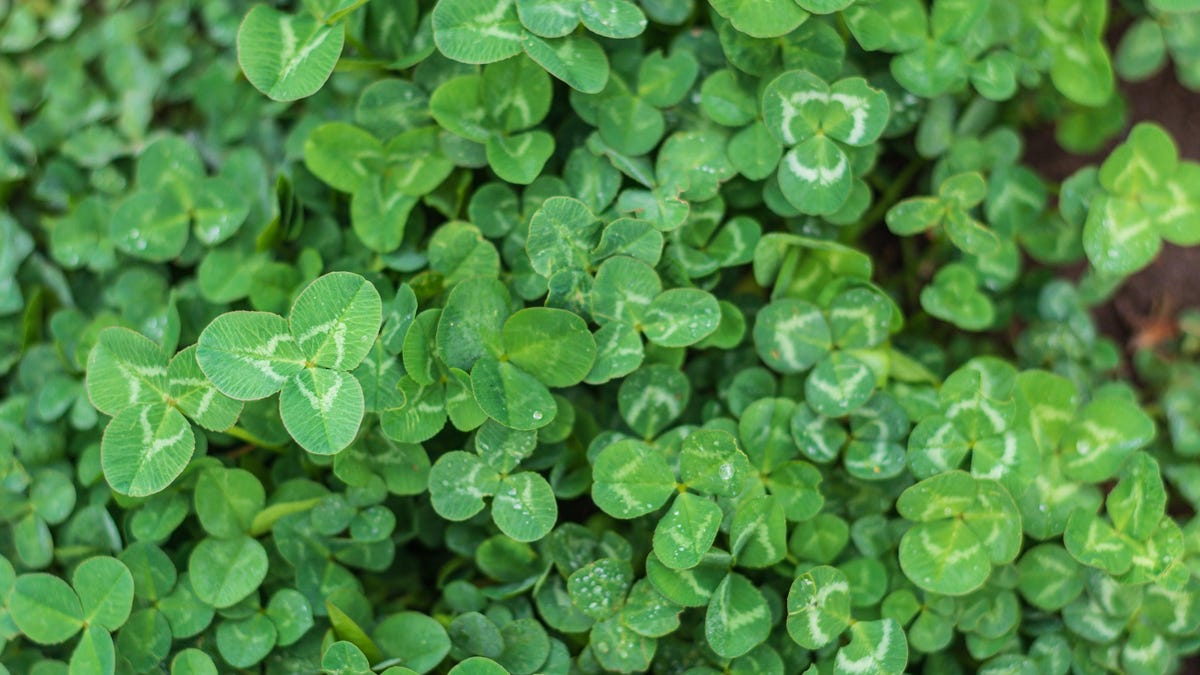Plant these winter cover crops now for better soil in spring


It’s hard to overstate the benefits of cover crops for your garden. , which prevents soil from eroding while you’re not growing vegetables. . Planting a cover crop will make next year’s vegetables healthier, and suppressing weeds will make spring planting easier.
Cover crops also serve as what is known as “green manure”. This is essentially an in-place composting system that adds nutrients to the soil with little effort. Once the cover crops are dead, you can let them rot in place or till the greens before they set seed to speed up the process.
What do cover crops do to your garden soil?
The two main types of cover crops are legumes and non-legumes. In addition to the familiar garden legumes, peas and beans, there are a huge number of legumes, from clover to astragalus, that can be used as cover crops to return nitrogen to the soil.Non-legume varieties include ryegrass. and kale, which, contrary to legumes, use nitrogen from the soil to work.
If your garden consists primarily of tomatoes, peppers, greens, etc., legume “nitrogen-fixing” crops can help restore the soil. If you grow primarily beans, peas, or pumpkins, balance out nitrogen-absorbing cover crops other than legumes. Depending on what you want to grow and your climate, these two main types of cover crops can help replenish your soil and prevent erosion.
Which cover crop should I plant?
The most versatile cover crops, which can be grown in nearly all climate zones, are leguminous cultivars such as sweet clover, alfalfa and hairy vetch, and non-legume cultivars such as rye, kale and ryegrass. These plants are not picky about soil types and are hardy in most climates. If you’re looking for the simplest cover crop, this is your best bet.Here’s what you need to know if you want crops that are likely to thrive in a particular location.
plant cover crops south
Legumes such as white lupine, purple astragalus, vetch, yellow sweet clover and peas thrive in the South. Non-legume varieties of bar clover and crimson clover. These plants thrive in warmer, drier environments.
G/O Media can earn commissions
60% off
Jack’s NY Fall Sale 60% Off
Styles starting at $29
Layer up with the Jachs NY fall sale—60% off fall styles. Shirts starting at $29. Curate the entire layered look with our promo code.
plant cover crops north
The further north you go, the more limited your options are, but there is one non-legume cover crop that is perfectly adapted to the northern climate of the United States.S.: Smooth Bromgrass is hardy in the winter and has fibrous roots that help stabilize the soil.
R.Regional cover crop
Another factor that influences the effectiveness of cover crops is proximity to shore. in the northeastern region of the U.S., red clover, white clover, and Biennale sweet clover legume varieties are more likely to survive the winter. Blue lupine and purple astragalus do well in the Southeast and Gulf region. In the Midwest, shaggy astragalus, winter rye, and barley work well to stabilize the soil. In the Southwest, cowpea, fixed clover, and purple prairie clover all do well.In the Pacific Northwest, broad beans, various types of clover, and buckwheat all work well as cover crops.
If you are unsure whether your desired cover crop will be hardy in a particular area, you can compare seed packets to USDA hardiness. zone mapYou can often find more information and additional resources by contacting your local university extension.
Plant these winter cover crops now for better soil in spring
Source link Plant these winter cover crops now for better soil in spring



